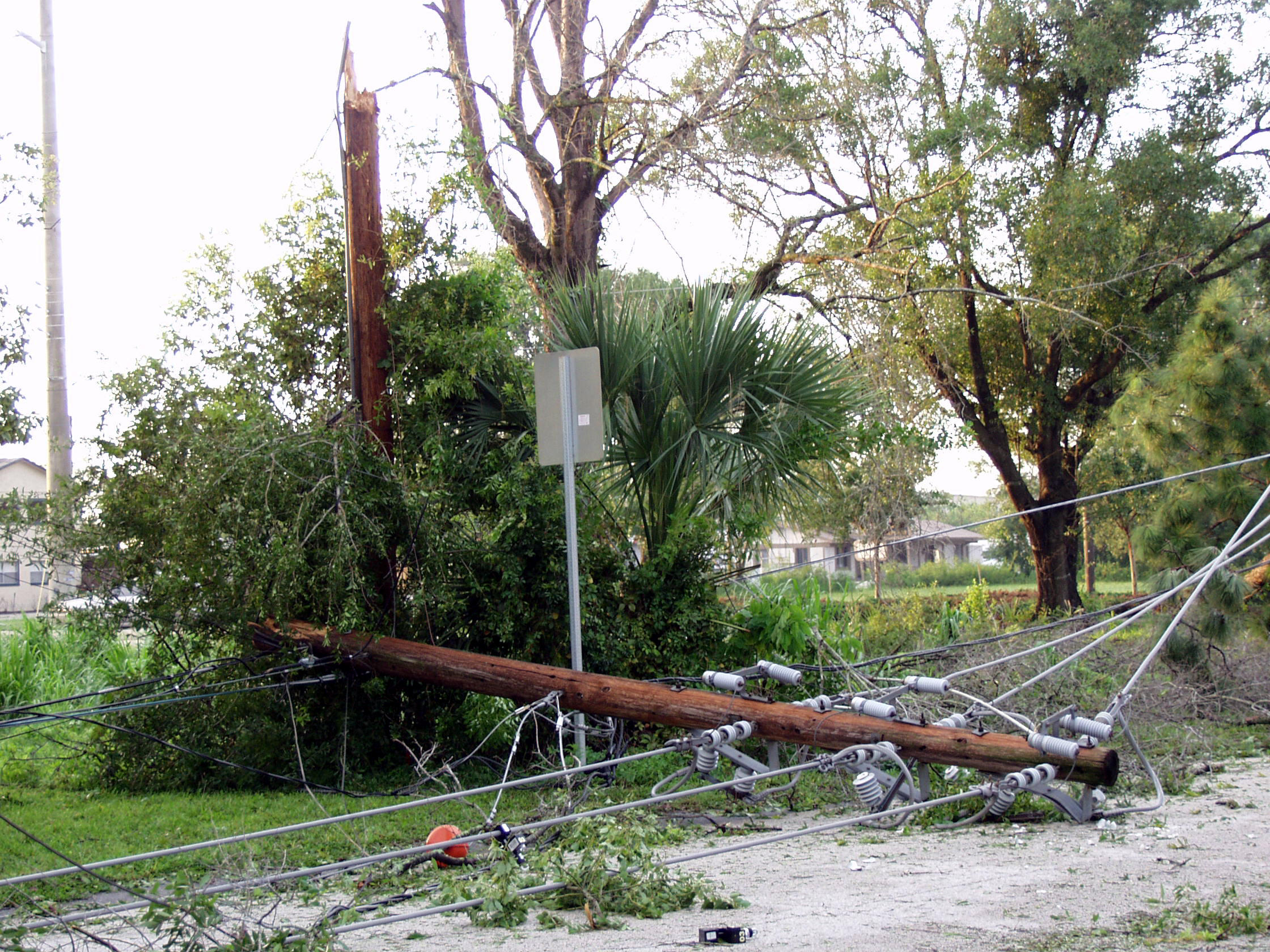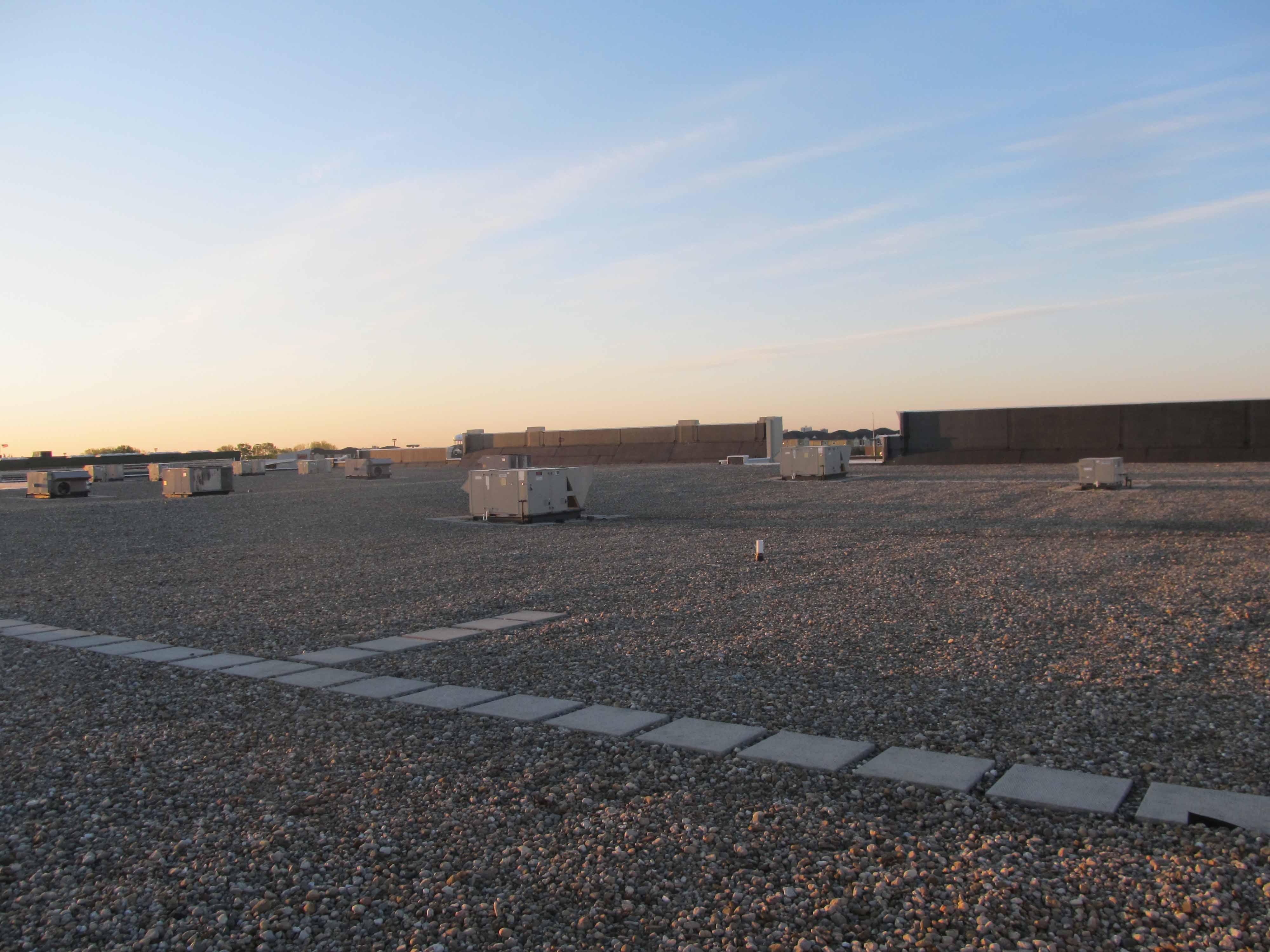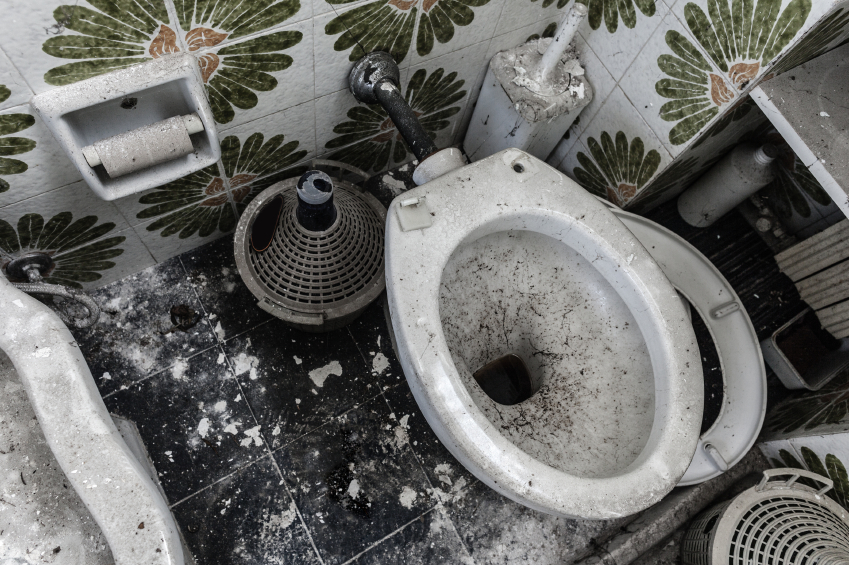Follow These 10 Steps if You Experience Water Damage
Homes and businesses can suffer various types of damage, but among the different kinds of property damage, water damage is the most common. This is due to the many ways that water damage can occur: rain, natural floodingFlooding is the overflow or accumulation of water in areas t... More, storms, appliance malfunctions, pipe bursts, and pipe leaks, among others.
The frequency of water damage means property owners will likely deal with water damage and the need for water damage restoration at some point. Water damage can easily leadLead is a heavy metal that can be toxic to humans, especiall... More to other problems, including moldMold is a type of fungus that grows in damp or humid conditi... More growth. This makes it even more crucial that the damage gets addressed properly and in a timely manner.
What to Do in the Event of Water Damage
Knowing this, it is important that home and business owners know what to do if their property experiences any sort of water damage. Continue reading for 10 steps to follow in the event of water damage occurring on your property.
Be Safe
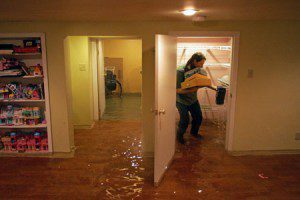 Before you do anything about the water damage, you need to prioritize your safety. This means checking to make sure it is safe to enter the water-damaged area or property. In some cases, the potential for harm is too high, so you are not supposed to be near the affected space. If there was a flood, animals and dangerous debris could be hiding in the water.
Before you do anything about the water damage, you need to prioritize your safety. This means checking to make sure it is safe to enter the water-damaged area or property. In some cases, the potential for harm is too high, so you are not supposed to be near the affected space. If there was a flood, animals and dangerous debris could be hiding in the water.
The water involved in the damage can also be hazardous to your health if it did not come from a clean water source. If this is the case, you need to avoid entering the water. Furthermore, call your electric company to have the power shut off.
Check Your Property’s StructureStructure refers to the framework or components of a buildin... More
Depending on the amount of water, location of the damage, and duration of damage, you may need to be concerned about your home or business’s structureStructure refers to the framework or components of a buildin... More. When water is absorbed by the building materials that make up a building’s structureStructure refers to the framework or components of a buildin... More, the affected materials weaken. This can then cause the property’s structureStructure refers to the framework or components of a buildin... More to be unstable.
Knowing this, you need to check your property’s structureStructure refers to the framework or components of a buildin... More for signs of damage: the foundation, basement, columns, and load-bearing walls. If you find the structureStructure refers to the framework or components of a buildin... More is unstable, do not go into the property, and get immediate help.
Wear the Appropriate Attire
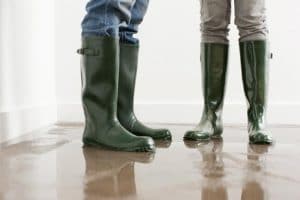 If it is safe for you to enter the water-damaged area, then make sure you are properly dressed. You should be fully covered up with waterproof clothing and other accessories, such as rubber gloves, a mask, and goggles. This attire is important because it will protect you from the water and any hazards it may present.
If it is safe for you to enter the water-damaged area, then make sure you are properly dressed. You should be fully covered up with waterproof clothing and other accessories, such as rubber gloves, a mask, and goggles. This attire is important because it will protect you from the water and any hazards it may present.
Document the Damage
As you make your way into the damaged area, take time to document the damage, taking photos and videos. This will provide necessary evidence of the damage if you decide to file a claim and get your insurance company involved. It also helps you keep track of the damage and its extent.
Salvage What You Can
If you have personal contents and other belongings that were unharmed by the water, then remove those from the affected area right away. Take these items to an area that is safe and dry to ensure they are not harmed.
Remove the Excess Water
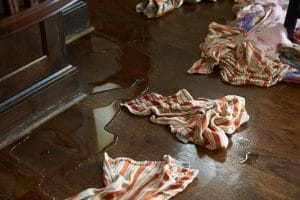 The longer excess water is present in a property, the more damage it will cause. Because of this, the water and moisture in your home or business needs to be removed right away.
The longer excess water is present in a property, the more damage it will cause. Because of this, the water and moisture in your home or business needs to be removed right away.
If there is a minimal amount of water, then using towels and buckets should be sufficient. However, if the area is flooded and holding a large volume of standing water, then you will need a wet/dry vacuum and/or pump.
Ventilate and Dry the Affected Areas
While ridding of the water itself is crucial, you will need to take even more measures to ensure the moisture is gone. Dry the affected area by opening up any windows and doors. If it is safe to use electricity, set up dehumidifiers and electric fans.
Look for Signs of Damage
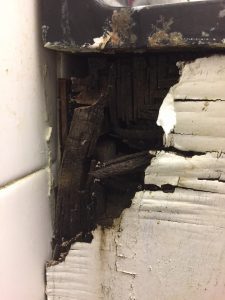 With the water out of the way, do another damage inspectionInspection is the careful examination and assessment of a pr... More to get a better idea of what and how much damage occurred. In addition to water damage, you may want to check for signs of moldMold is a type of fungus that grows in damp or humid conditi... More growth as well.
With the water out of the way, do another damage inspectionInspection is the careful examination and assessment of a pr... More to get a better idea of what and how much damage occurred. In addition to water damage, you may want to check for signs of moldMold is a type of fungus that grows in damp or humid conditi... More growth as well.
Water damage often creates the ideal environment for moldMold is a type of fungus that grows in damp or humid conditi... More growth, because water-damaged building materials provide moldMold is a type of fungus that grows in damp or humid conditi... More sporesSpores are microscopic reproductive units of fungi or mold t... More with a water source and food source. The moldMold is a type of fungus that grows in damp or humid conditi... More will then cause damage of its own as it eats away at the affected materials.
Clean and Disinfect the Affected Areas
The water may have left behind residueResidue is any leftover material, such as soot, dust, or che... More, bacteria, and other harmful substances, so post-water damage cleanup is crucial. Move out whatever wet materials you can if you haven’t already, and clean surfaces and items using a disinfectantA disinfectant is a chemical substance used to kill or inact... More.
Get Professional Water Damage RestorationWater damage restoration is the professional process of clea... More Help
Sometimes, you might be unwilling or unable to address water damage yourself. You may not have the physical ability to do so, or the water may just be too much for you to handle. No matter the reason, professionals can help.
Get in touch with a water damage restoration or flood damage restorationRestoration is the process of returning a property to its pr... More professional to help you in the aftermath of water damage. From water extraction to dryingDrying is the process of removing moisture from materials, s... More to disinfection, professional technicians can handle water damage restoration in its entirety. With their help, your home or business will be a clean, safe environment once again.










